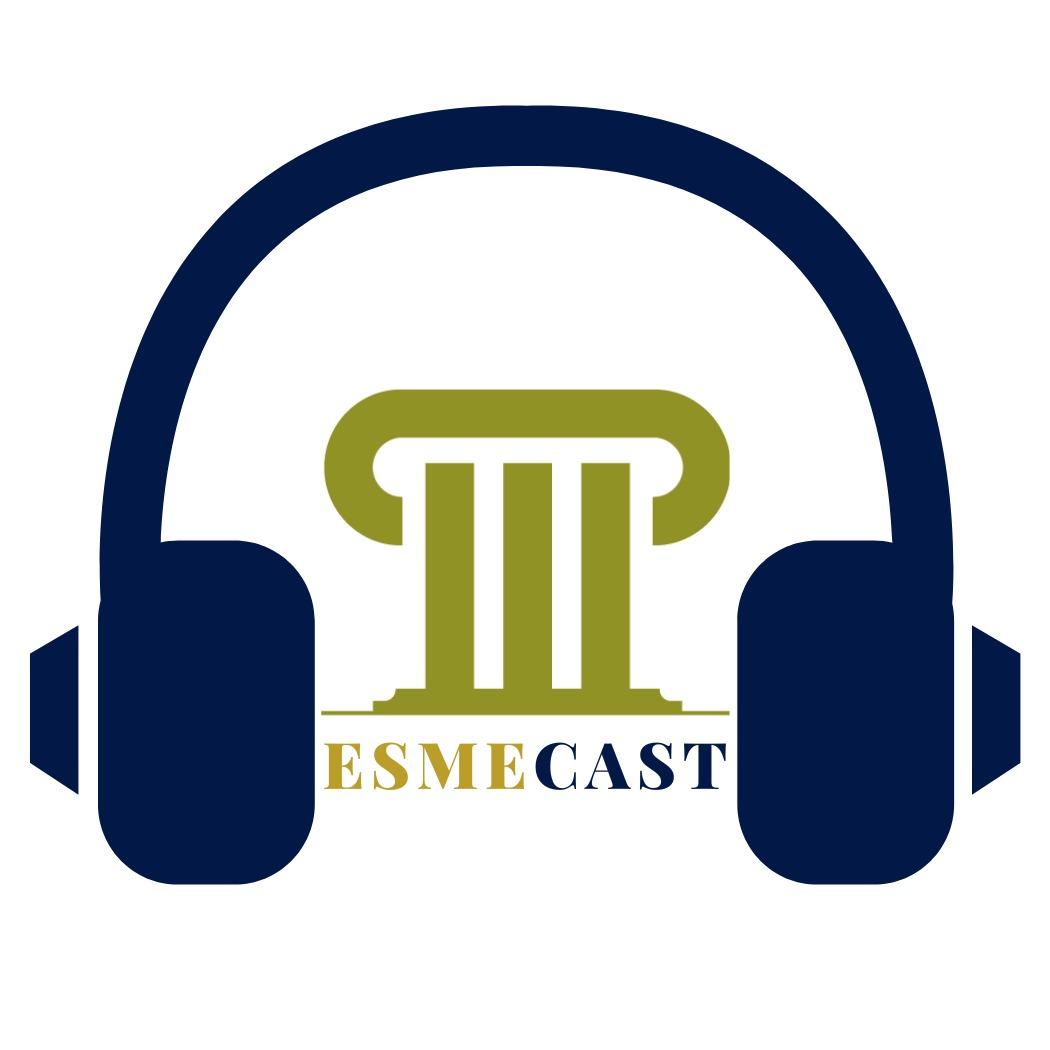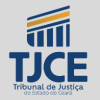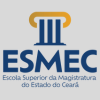Submissions
Submission Preparation Checklist
As part of the submission process, authors are required to check off their submission's compliance with all of the following items, and submissions may be returned to authors that do not adhere to these guidelines.- The contribution is original and UNPUBLISHED, and is not being evaluated for publication by another journal; otherwise, it must be justified in "Comments to the editor".
- The submission file is in Microsoft Word format.
- URLs for references have been provided where possible.
- The text has an interlining of 1.5; uses a 12-point power; use cursive instead of sublines (except in URLs); The figures and tables are inserted into the text -with the cited source- and at the end of the document as attached files.
- The text follows the requirements described in Author Guidelines, on the About the Journal page.
- In case of submission to a peer-reviewed section (e.g., articles), the instructions available in Ensuring blind peer review were followed.
- I declare, under penalty of law and sanctions provided for in Esmec regulations and in the Themis Journal Call for Papers, that this article has not been and will not be submitted for evaluation or publication by any other journal or vehicle, being aware that, if the opposite occurs, I will communicate in advance to the Editors of Thamis Journal, which will still not exempt me from sanctions in case of new submission attempts, considering the need to preserve the originality and originality of the originals, avoiding subsequent accusations of self-plagiarism.
Volume 9
Política padrão de seção
Volume 11 (2013)

Copyright Notice
The copyright of the articles remains with the authors themselves, ensuring that ownership of the creation stays with its legitimate creators. However, by submitting their work for publication, the authors authorize the journal to publicly disclose and make the content available.
It is the author's responsibility to ensure that the submitted material is original, unpublished, and does not infringe upon the copyrights of third parties.
Privacy Statement

Themis Journal respects the privacy of its users and is committed to protecting the personal data collected through this system.
Personal information, such as names, email addresses, and institutional affiliations, provided during the submission, review, or publication process, will be used exclusively for the editorial purposes of the journal. This data will not be made available for other purposes, nor will it be shared with third parties.















